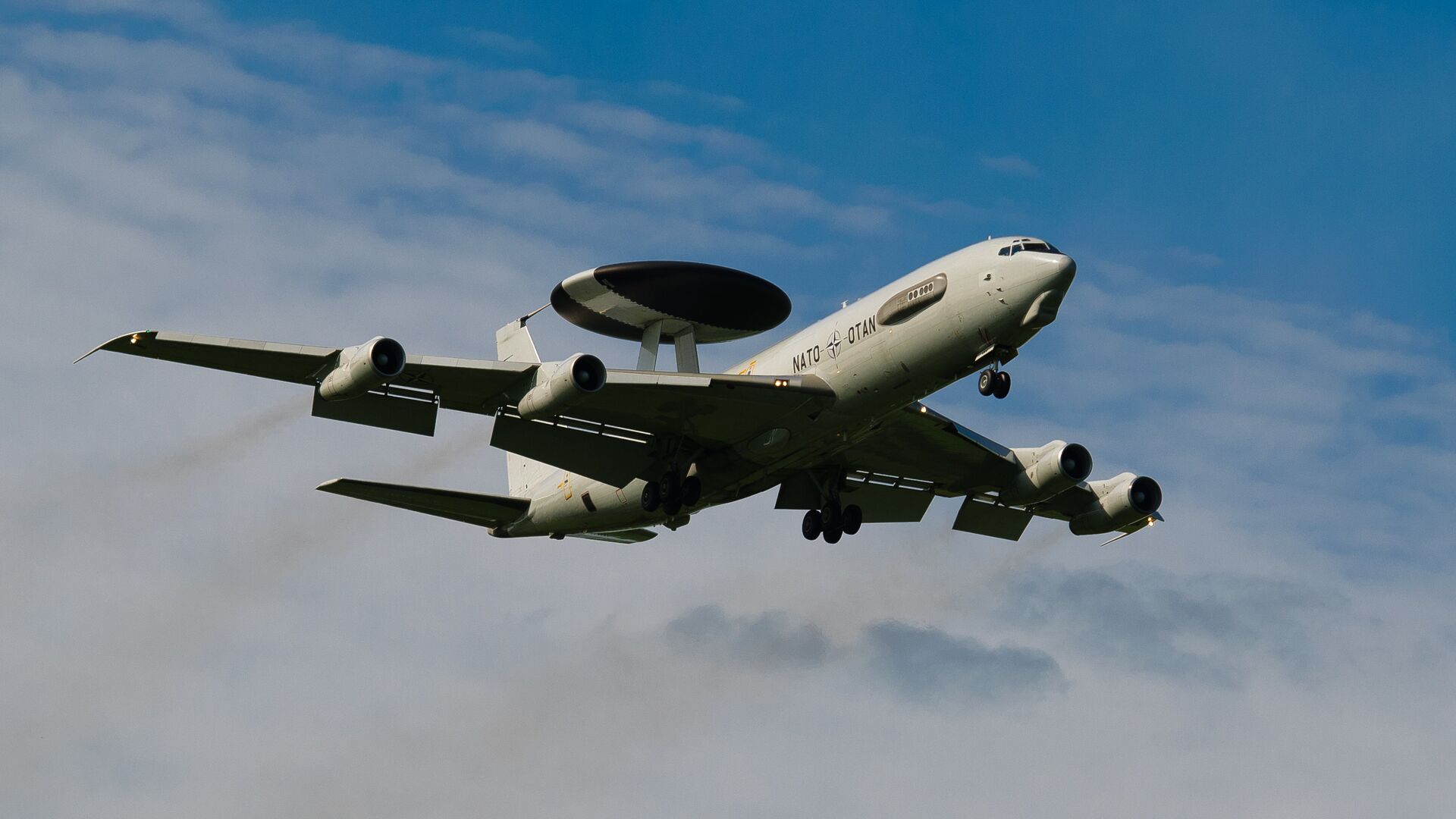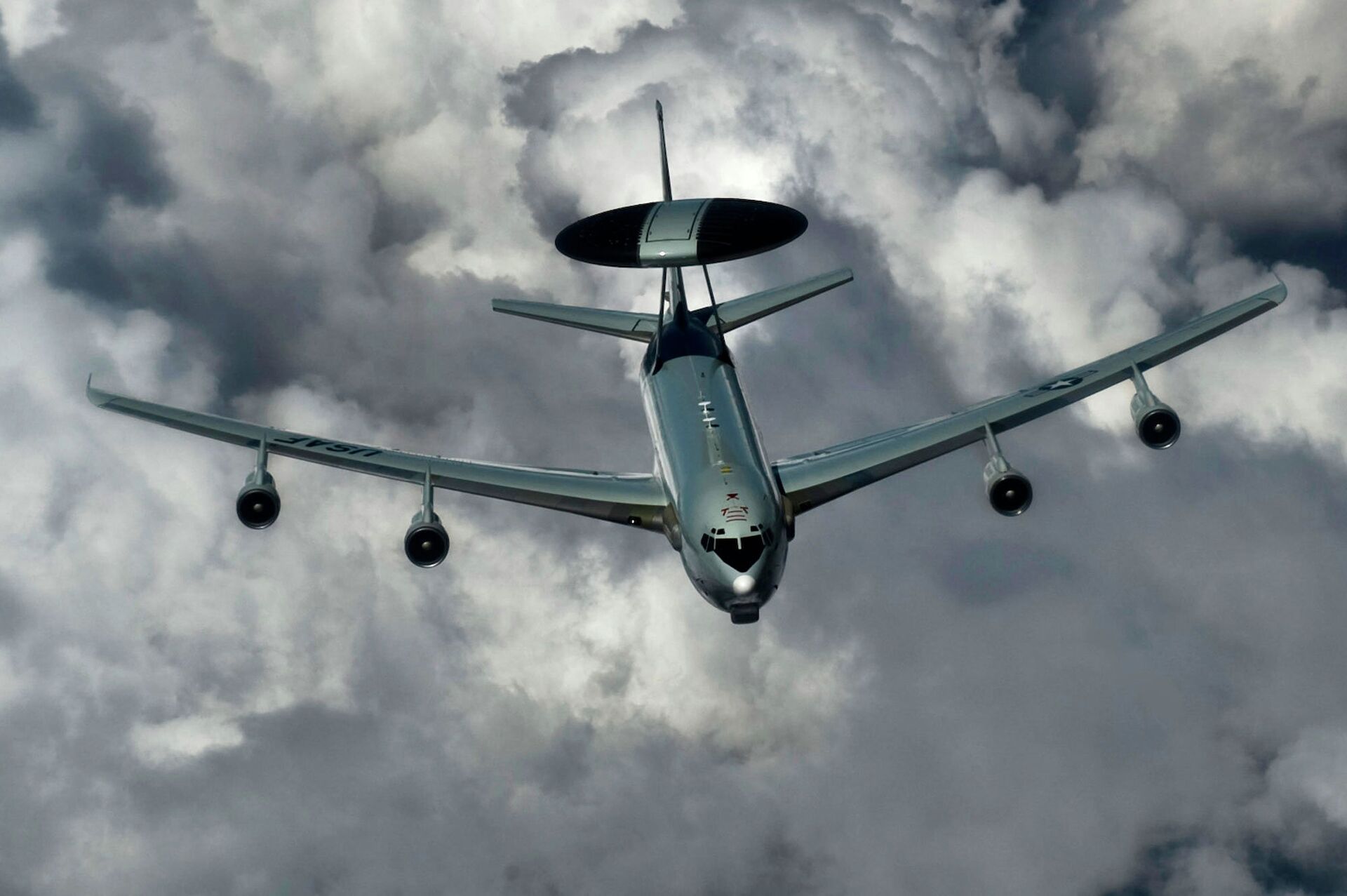As the US Air Force’s E-3 Sentry airborne warning and control system (AWACS) gets older and more frail, Pentagon leaders are debating whether to continue extending its lifespan or move on to a replacement.
At a Wednesday roundtable during the Air Force Association’s Aerospace Warfare Symposium, Gen. Kenneth S. Wilsbach, head of Pacific Air Forces, urged the Pentagon to begin replacing its 31 Boeing E-3 Sentries with newer Boeing E-7 Wedgetails.
The huge Sentries, with their rotating, mushroom-like radomes atop their fuselage, are based on Boeing’s early 707 passenger airliner jets, and the first were introduced in 1971. By contrast, the E-7 was introduced in 2009, and is based on the smaller Boeing 737 airliner. Small numbers of Wedgetails have been built by Australia, the UK, Turkey, and South Korea, by converting commercial 737s and installing the necessary equipment.
“The fact is, we actually need something relatively quick because of the reliability of the E-3,” Wilsbach said, according to Air Force Magazine. “It gets harder and harder to get airborne.”
Indeed, the Sentry’s readiness record has gotten steadily worse over the last decade. A Government Accountability Office report from November 2020 noted that “from fiscal years 2011 through 2019, the E-3 fleet did not meet any of its annual aircraft availability goals, but met or exceeded its mission capable goals during 3 of the 9 fiscal years.”
The report further noted the E-3 program “faces sustainment challenges related to supply of needed parts and maintenance of the aging aircraft,” which had resulted in steadily decreasing mission times.
The parts shortage derives from Boeing having ended commercial production of the 707 way back in 1978, with only a relative handful of the jets still being used today. In addition the E-3, the Pentagon also flies the E-6 Mercury “doomsday plane” and the E-7 Joint Surveillance Target Attack Radar System (Joint STARS) battlefield management aircraft, which are also derivatives of the 707, and about which similar conversations about remaining shelf life are being had, according to The War Zone.
By contrast, the E-7 is based on the Boeing 737, an aircraft still in commercial production and which is smaller, cheaper, and more reliable to use. The Pentagon has used the 737 as the basis for its P-8 Poseidon maritime patrol aircraft and C-40 Clipper, used variously for ferrying cargo, passengers, and VIPs.

In addition, the E-7’s operate an active electronically scanned array (AESA), enabling them to scan the skies in multiple directions at once; the E-3’s older pulse-doppler radar must slowly rotate as it scans a small angle of the sky at a time.
However, the issue is far from settled. During the same discussion, Air Force Chief of Staff Gen. CQ Brown called it “premature” to commit to adopting the E-7 Wedgetail.
“I want to actually look at what options do we have,” he said. “This is something I have to spend a little more time on looking at. But I realize there are some Wedgetail fans out there.”
Officially, the E-3 is slated to continue flying until 2035, and Brown’s position comes from the same place as many others in support of life-extension over replacement across the US military, where budget crunches are a perennial phenomenon. In addition, the E-3s have been considered as partial replacements for the 16 E-8 Joint STARS alongside another system, although even that approach has been met with trepidation by lawmakers.




